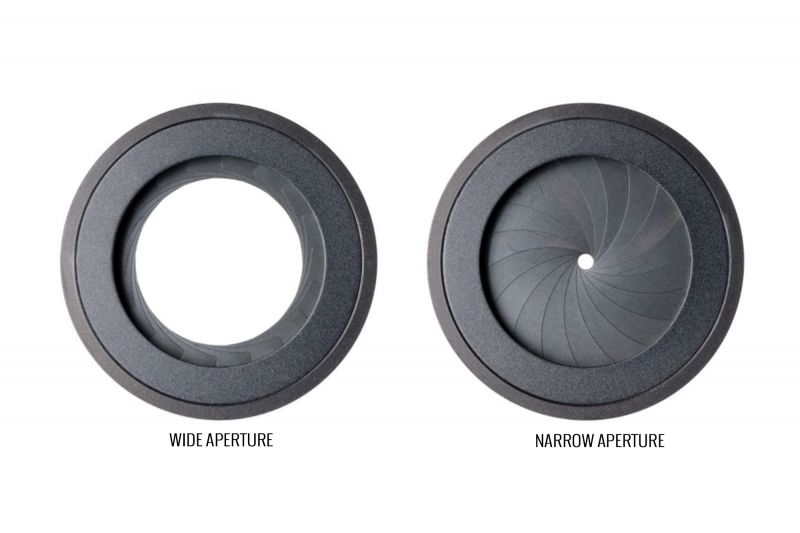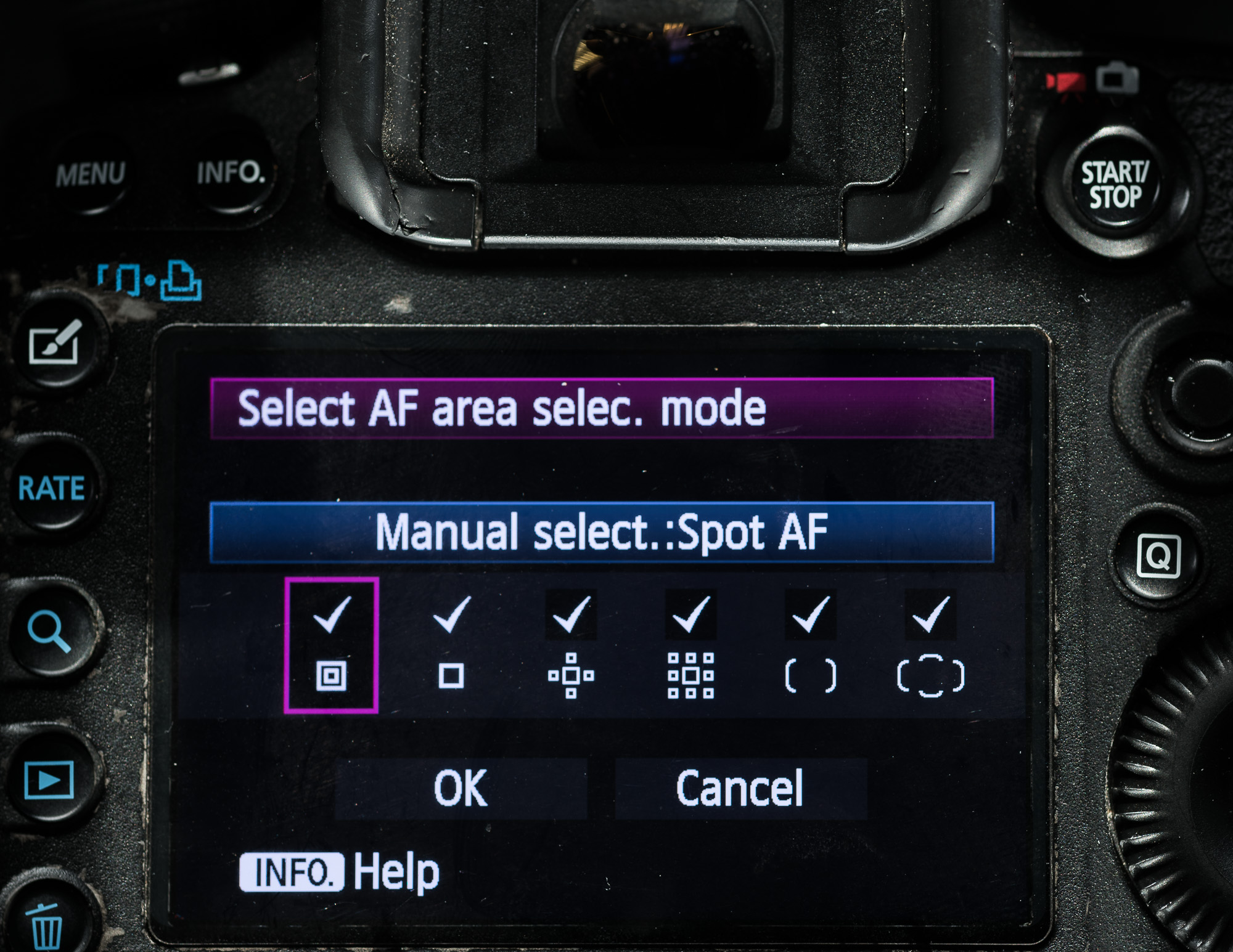-
Term:
Description: Continuous Servo AF is any autofocus system that focuses continuously to keep a moving subject (or moving photographer) in focus, as long as the shutter is partially depressed. If a photographer uses shutter button focus (this is the default way cameras are configured, where focus is attained when the shutter button is half-pressed) and their camera’s autofocus mode is set to Continuous Servo AF, whatever is located within the frame where the autofocus point or points are selected will be in focus, even if it moves.
This autofocus mode is useful for tracking moving subjects, and is also useful for focusing at very shallow depth (fast apertures) when shooting hand-held in very close-up situations. (Focusing on a bride's eyelashes using an f/1.4 aperture lens, for example)
Continuous Servo AF
Technical explanation of Continuous-Servo Autofocus

Most professional cameras have two or three main autofocus “drive” modes. Single-servo focus, continuous-servo focus, and sometimes a hybrid or automatic AF mode that decides for itself which of the previous two modes best fits the conditions. (Most serious photographers will want to ignore the third focus mode and remain in control of how their camera autofocuses, unless they find themselves in a very specific situation that actually benefits from the camera making the decision for them.)
Conversely in single-servo focus mode, when you press or half-press the shutter the camera will focus on the subject once, lock that focus, and stay locked until you take your finger off the shutter release button.

In continuous-servo autofocus, whenever you press or half-press the shutter, the autofocus will continually change focus in order to keep the subject sharp, even if the subject or the photographer are moving.
This is especially helpful not only when shooting action photos of moving subjects, but also when shooting at super-shallow apertures such as f/1.4, and especially at close distances of just a few feet, because in these conditions even the slightest movement can throw the desired subject out of focus. Of course in such difficult conditions, both single and continuous focusing can fail to deliver 100% keepers, so shooting multiple images is highly recommended no matter which focus mode seems to be working better.
Some of the latest cameras, when focusing in continuous-servo mode, can also automatically move the focus point around the viewfinder to track a subject that is not just moving towards the camera or away from it, but anywhere around the camera’s viewfinder.

A Note About Focus Point Selection:
These two main focus modes, continuous and single, are mostly separate from the other focus point selection settings, area, or AF point group options. Those separate options allow you to use a single focus point, a cluster of 5-9+ focus points, or all the focus points at once. In other words, most of these focus point selection / area modes can be selected while in either single or continuous AF.
However there are indeed some focus point selection modes that are only available during continuous autofocus, such as dynamic 3-D focus point tracking (Nikon cameras) which automatically moves the focus point around the viewfinder to track the subject you first lock focus on.




Get Connected!